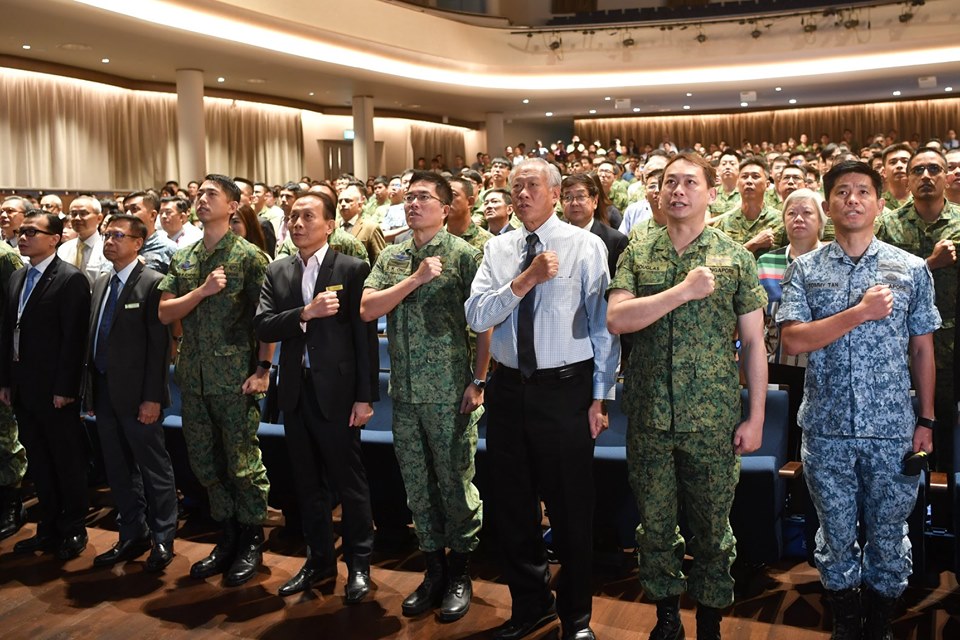Singapore— According to Ng Eng Hen, the country’s Defence Minister, the number of reports of near misses during Singapore Armed Forces (SAF) training has increased. He said that this is a sign that soldiers are taking safety issues more seriously.
On June 28, Friday, Dr Ng told the press, “Even before an accident happens – the near miss – people are reporting, and that has gone up. So, I think that’s a good sign that we see that people are taking it more seriously as they need to.”
The Defence Minister was talking to members of the media just before the country celebrated Singapore Armed Forces (SAF) Day which is today July 1, Monday.
The issue of training accidents and safety has been in the limelight in the past few years, especially following the death in January of actor and operationally-ready national serviceman (NSman) Aloysius Pang, who died after a training exercise in New Zealand earlier this year.
Mr Pang, who was only 23 years old, had been hurt while repairing a Singapore Self-Propelled Howitzer (SSPH) and, despite multiple surgeries, passed away due to the gravity of his injuries.
The SAF has seen four training deaths in all since September 2017.
Dr Ng also told the press on June 28, “We know that we have to win the confidence of soldiers, the parents and the community at large to be able to train effectively but train safely.
At the same time, we recognise that you have to raise it to a level beyond training safety regulations for practice, and for a certain standard of awareness and a safety culture.”
The Defence Minister also talked about how far the Inspector-General’s Office (IGO) has come since it was set up earlier this year in order to underline the importance of safety across all the units of SAF.
“The Inspector-General’s Office is doing what exactly what it should: Going down to units, looking at the commanding officers, getting their buy-in, looking at practices and changing it.
From time to time, the IGO will present a report on how we have improved or the areas that we need to improve, in many ways similar to our internal or external audience in terms of, let’s say, areas of finance and governance.”
Dr Ng said that SAF’s greatest challenge is that its manpower will be reduced by one-third by 2030. A time of planning in advance before this occurs, however, is making SAF well-prepared, he added, through designing and obtaining new platforms that need less manpower but retain efficacy, including the Hunter, a fully digital armoured fighting vehicle, a new Howitzer, which only requires three men instead of nine to man it, among others.
Dr Ng said, “So these are concrete examples of how we’ve entered a sweet spot of the technology cycle. Technology that allowed us to thankfully transform the SAF.”
The Defence Minister also talked about cyber threats and terrorism, which he said continues to loom over the nation. He said that the country is a hotspot within the region.
Therefore, the Special Operations Command Centre (SOCC) in Hendon Camp will function as the primary command centre to make plans, watch out for and manage various counter-terrorist and contingency operations.
This centre will be commissioned by the end of the year to support operational planning, as well as provide situational awareness for the back-end side.
According to MINDEF, “When required, the SOCC will work closely with relevant agencies in managing incidents.”/ TISG

